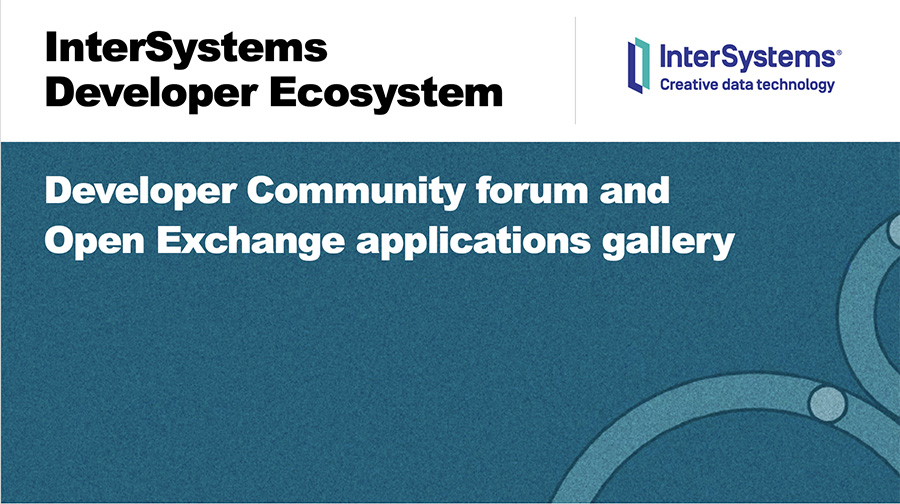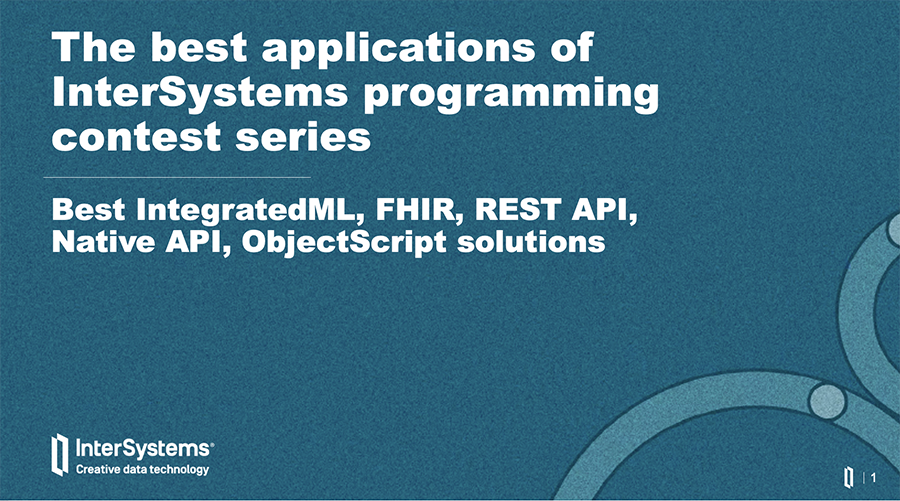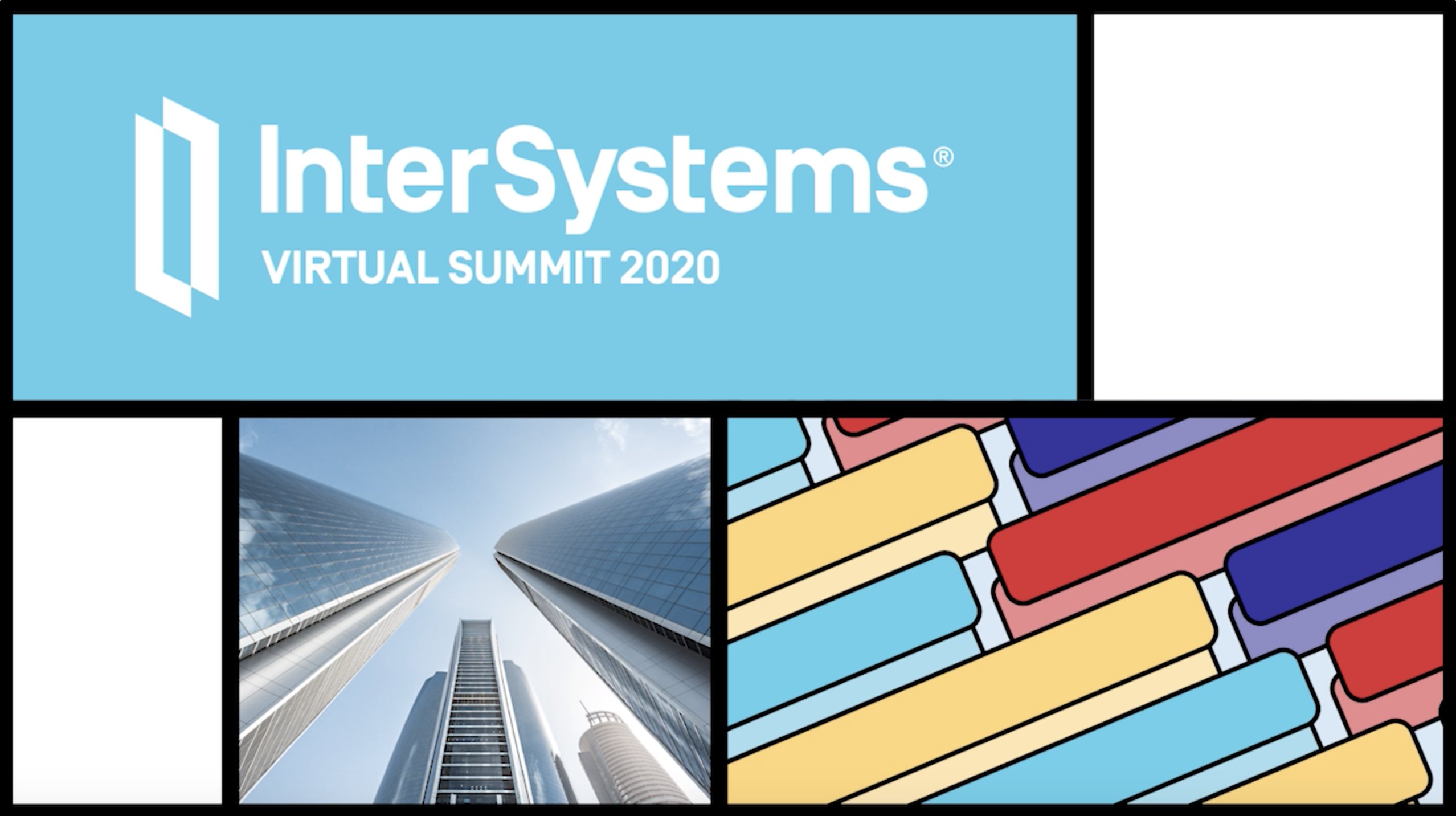I'm looking for the best strategy for extracting data from a Cache table that houses 86 Million lines of data and around 190 columns. I'm currently using DBeaver and the Invoice Service dates go back to 1996. Optimistically I'm looking to pull to a pipe delimited flat file, but even a year's worth of data takes many hours to get query results.
Any suggestions for the best practice/strategy?
Thanks,
John

 712
712.png)
.png)




